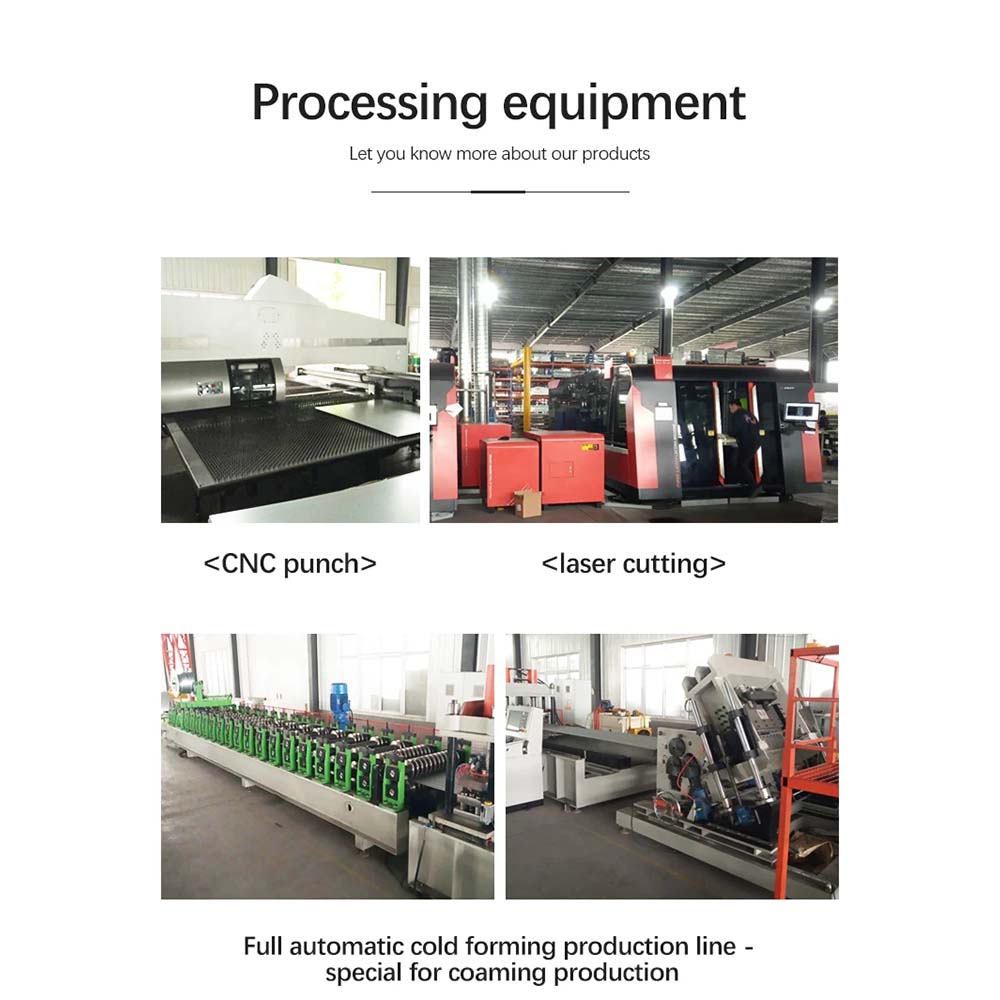Innovative Design of a Machine for Producing Egg Trays from Paper and Pulp Materials
កក្កដា . 31, 2024 01:37 Back to list
Innovative Design of a Machine for Producing Egg Trays from Paper and Pulp Materials
The Paper Pulp Egg Tray Making Machine An Overview
In recent years, environmental concerns and the demand for sustainable packaging solutions have surged globally. One innovative response to these demands is the paper pulp egg tray making machine, which transforms waste paper into biodegradable egg trays. This technology not only helps reduce paper waste but also promotes a circular economy, making it a valuable asset to farming and food industries.
Working Mechanism
The core functionality of the paper pulp egg tray making machine lies in its ability to recycle paper into pulp and subsequently mold it into trays
. The process begins with the collection of waste paper, which can include newspapers, cardboard, and other non-toxic paper waste. This paper is then shredded and mixed with water to create a pulp.Once the pulp is prepared, it is placed into a molding machine where it is shaped into the desired tray format. The machine utilizes molds that are specifically designed for egg trays, ensuring that each tray has the appropriate dimensions and protective features for optimum egg storage.
After molding, the trays undergo a drying process, which can be achieved through natural sunlight or artificial drying methods. Finally, the dried trays are ejected and ready for packaging and distribution. This entire process is efficient and can be operated on a large scale, catering to the needs of egg producers and other industries requiring packaging solutions.
Environmental Benefits
paper pulp egg tray making machine

One of the primary advantages of using a paper pulp egg tray making machine is its contribution to environmental sustainability. By utilizing waste paper, this machine reduces the amount of paper that ends up in landfills. Traditional plastic packaging is known for its adverse impact on the environment, as it can take centuries to decompose. In contrast, paper pulp trays are biodegradable and compostable, making them a more eco-friendly alternative.
Moreover, this machine allows for a reduction in the carbon footprint associated with egg packaging. The production process of conventional plastic trays often involves significant energy consumption and greenhouse gas emissions, whereas paper pulp trays can be produced with relatively lower energy inputs, especially if renewable energy sources are utilized.
Economic Advantages
Beyond its environmental benefits, the paper pulp egg tray making machine also offers economic advantages. For small to medium-sized enterprises, investing in this machine can lead to considerable cost savings. By sourcing waste paper locally, businesses can reduce material costs and generate their own packaging solutions instead of relying on external suppliers.
Furthermore, the production of paper pulp trays can open up new revenue streams. Egg producers and farmers can not only utilize these trays for their own products but also sell them to other businesses, such as nurseries or food distributors, thereby diversifying their income.
Conclusion
The paper pulp egg tray making machine represents a promising innovation in the fields of sustainable packaging and waste management. With its ability to convert waste materials into valuable products, this technology not only meets the escalating demand for eco-friendly packaging solutions but also supports economic growth for many businesses. The transition towards paper pulp trays signifies a pivotal step towards a more sustainable future, encouraging industries to adopt greener practices and reduce their environmental impact. With the right investment and awareness, more businesses are expected to embrace this innovative technology, paving the way for a cleaner, greener planet.
-
High Performance Exhaust Fan – Efficient Ventilation Solutions for Home
NewsJun.10,2025
-
High-Quality Gestation Pen for Sows Durable Mobile Pig Pen & Simple Pig Pen Solutions
NewsJun.10,2025
-
High Quality Rabbit Cage Double Tier Designs & Welded Wire Mesh Supplier
NewsJun.10,2025
-
Floating Fish Feed Machine - High Efficiency Floating Fish Feed Extruder for Small Scale Production
NewsJun.10,2025
-
Premium Poultry Housing Solutions Mobile & Commercial Free Range Options
NewsJun.10,2025
-
Industrial FRP Fans Corrosion-Resistant Blades & Centrifugal Systems
NewsJun.09,2025






